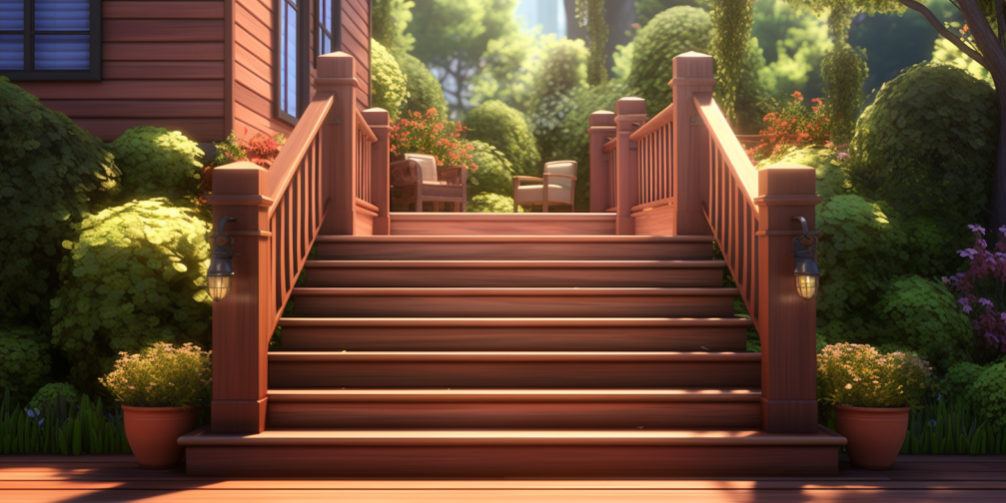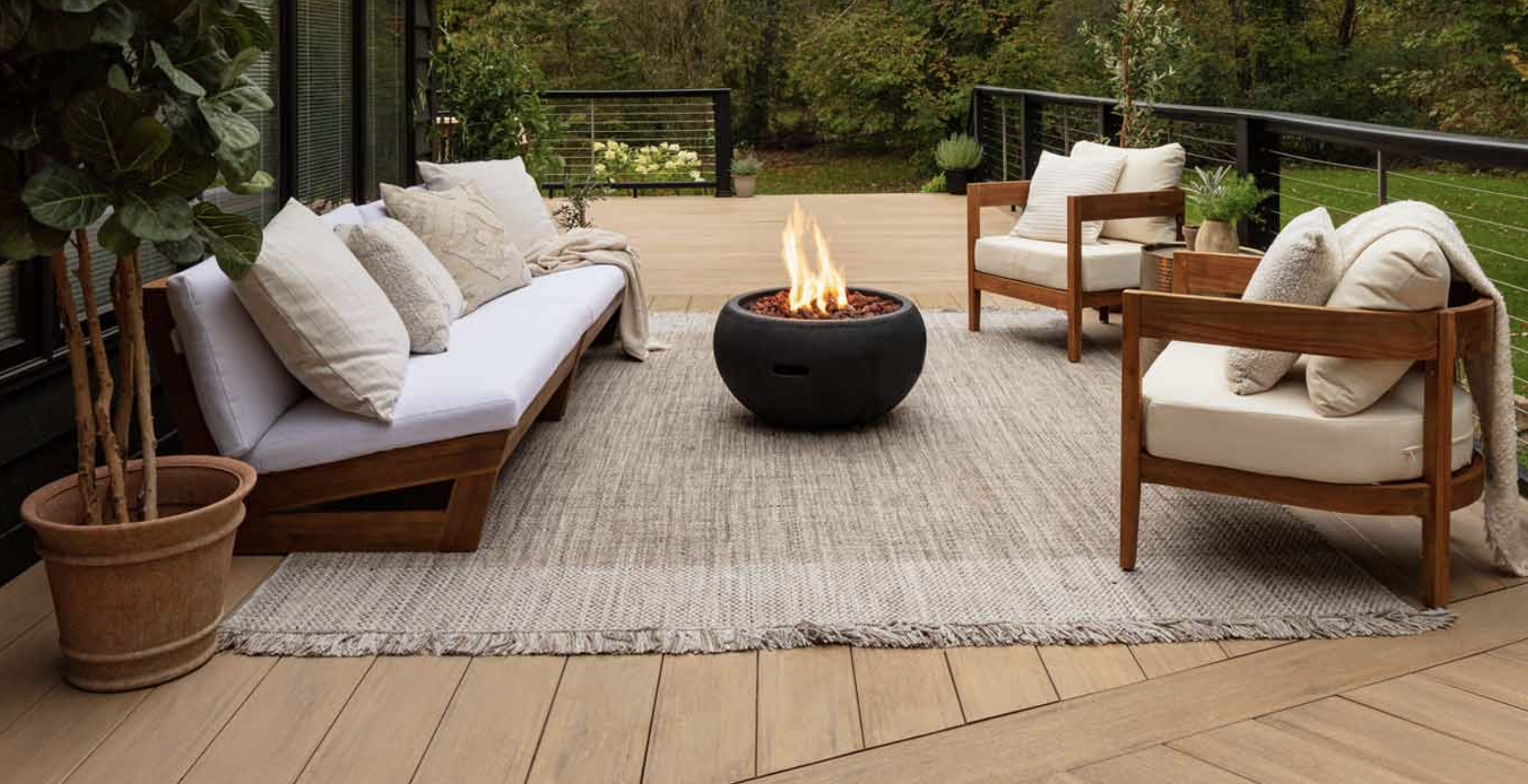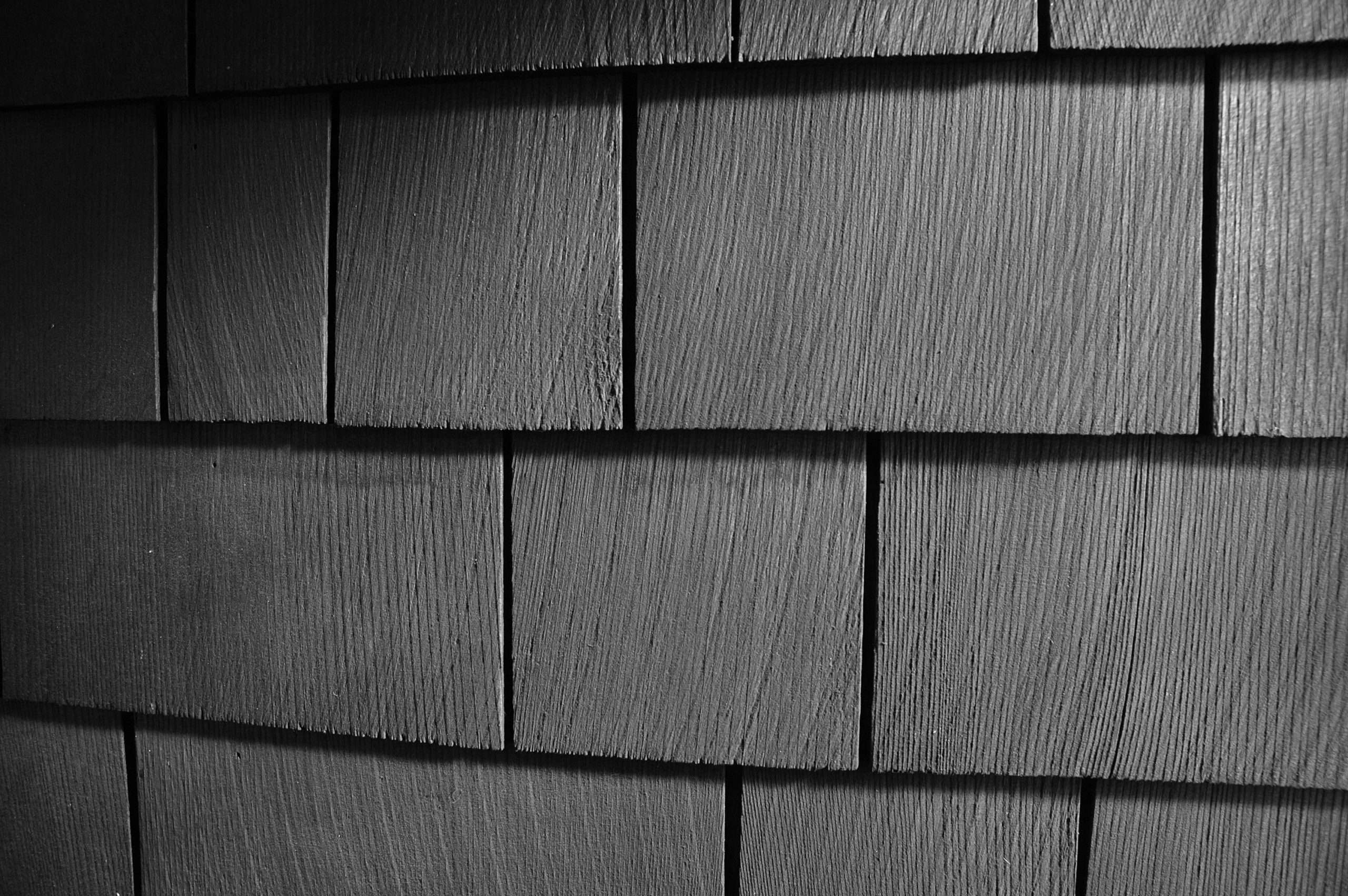Introduction
Deck stairs matter. They connect spaces. They face wear daily. Safety is key. So is stability. This guide helps you fix them. Follow these steps to restore them. Rogall + Co. helps you to connect yourself with the best decking and building projects whether DIY or professional services! In this blog, we will have an extensive guide for you to inspect your decking.
Table of Contents
- Introduction
- Step 1: Check the Stairs
- Step 2: Secure Loose Parts
- Step 3: Fix Damaged Treads
- Step 4: Add Lighting for Safety
- Step 5: Regular Checks
- Conclusion
Step 1: Check the Stairs
Walk up and down. Look closely. Do the steps wobble? Does the rail move? Take notes. Broken boards? Write that down. List all weak spots. Pictures help too.
Step 2: Secure Loose Parts
Loose steps need fixing. Tighten screws first. If screws are rusty, swap them. Metal brackets work well. Reinforce where needed.
Handrails can loosen too. Check for shaky parts. Tighten bolts holding the rail. Replace split rails. New screws add strength. Double-check height.
Step 3: Fix Damaged Treads
Treads wear down fast. Look for cracks. Splinters can hurt feet. Remove broken treads carefully. Use a pry bar or hammer. Get new boards. Match them to the old ones.
Attach the new treads firmly. Use screws for outdoor use. Secure them to stringers. No gaps allowed. Safety comes first.
Non-slip covers help. You can also use a coating. Wet stairs get slick. Slip-proof materials make them safer.
Step 4: Add Lighting for Safety
Dark stairs cause trips. Install LED lights. Choose low-voltage ones. Place them on risers. Or under the rail. Lights improve safety.
They add style too. Night use becomes easy. Check for clear paths. Remove debris. Keep the way clear.
Step 5: Regular Checks
Maintenance keeps stairs strong. Inspect them yearly. Tighten loose screws. Replace worn parts early. Clean the steps. Sweep debris. Wash with soap and water.
Handle small issues at once. Avoid big repairs later. Watch for rust. Tighten or replace rusty parts.
Conclusion
Fixing deck stairs is simple. Follow these tips. Keep stairs safe and stable. Regular care helps. Enjoy your deck confidently by reaching out to Rogall + Co. for a free consultation! Rogall + Co. has professional services that are inclined to help you build on top of your professional deck!








